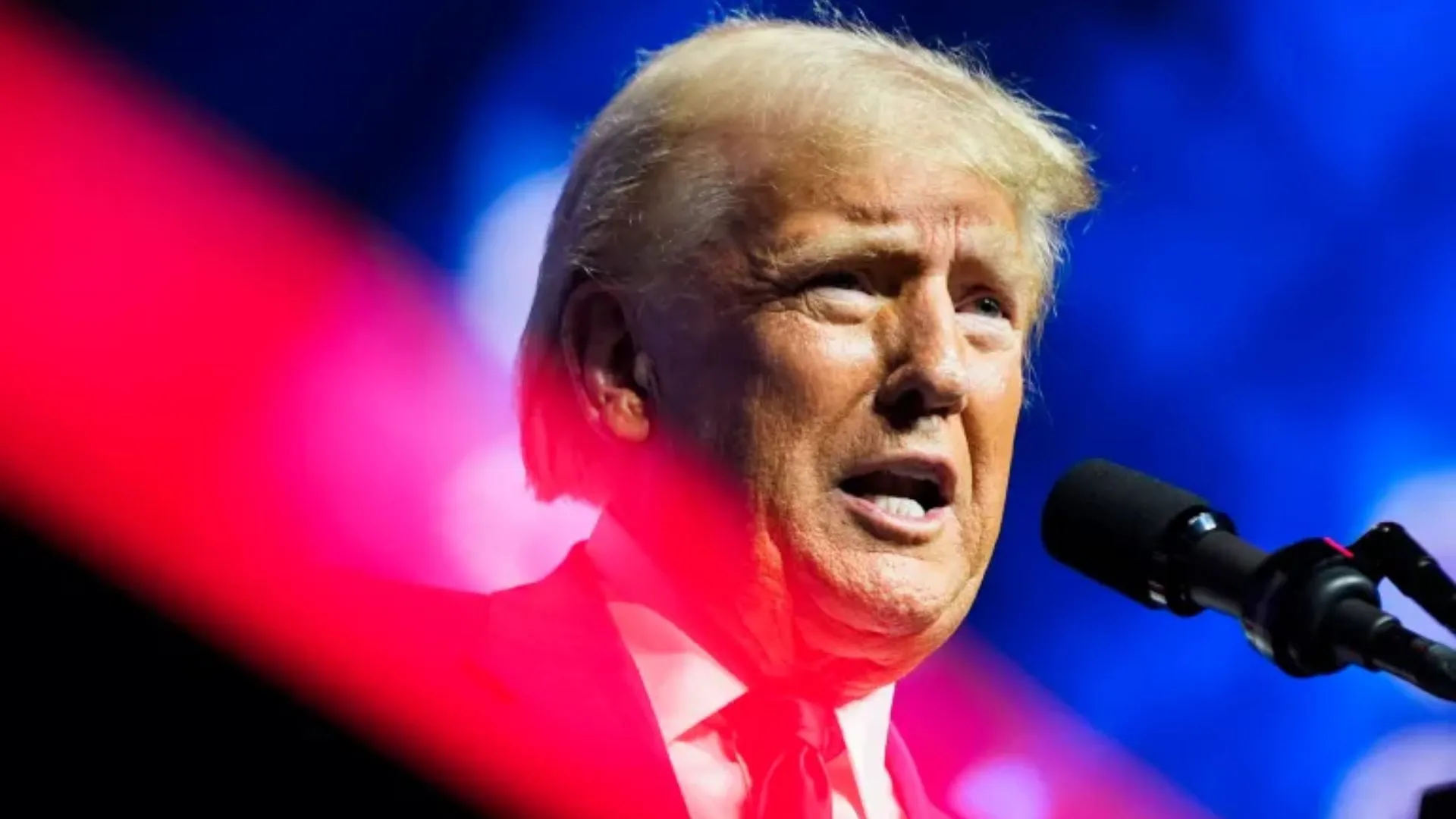With his decisive victory in the 2024 US presidential election, Donald Trump’s return to the White House could bring significant changes to American business and economic policies. Central to this shift will be his appointments for key positions, including cabinet members and deputies, as well as his stance on tariffs and trade policies. Key figures, such as Tesla CEO Elon Musk, could see increased influence under a Trump administration, especially with Musk’s vocal support for the former president.
Elon Musk’s Growing Influence in Trump’s Second Term
Elon Musk’s support for Donald Trump’s victory in the 2024 election has granted him considerable influence, potentially helping his companies receive favorable treatment from the government. Trump has suggested appointing Musk to lead a new efficiency commission aimed at cutting the federal budget. Musk, who has floated the idea of trimming up to $2 trillion from the $6.75 trillion federal budget, could play a crucial role in reshaping government spending.
Musk’s business ventures, from Tesla electric vehicles to SpaceX rockets and Neuralink brain chips, rely heavily on government policies, regulations, and subsidies. With his growing political clout, Musk could now secure more favorable terms for his companies as Trump’s policies could align with his business interests. This support follows perceived grievances under the Biden administration, such as Tesla’s exclusion from a White House electric vehicle summit in 2021, despite Tesla being the leading electric car manufacturer.
Impact of Trump’s Tariff Policies
One of the major concerns about Trump’s return is his proposed tariff policies. Trump has signaled a 10% tariff on all US imports, with an even steeper 60% tariff on Chinese-made goods. Such tariffs, if implemented, could create significant ripple effects across the economy, potentially driving up consumer prices and reducing the purchasing power of American households. According to the Tax Foundation, these tariffs could increase taxes by $524 billion annually, reduce GDP by 0.8%, and cause the loss of up to 684,000 full-time jobs.
The National Retail Federation (NRF) has warned that the proposed tariffs could cost American consumers between $46 billion and $78 billion annually, reducing their purchasing power. Such measures could also slow global trade and exacerbate domestic inflation, leaving the Federal Reserve with fewer tools to manage the economy. Higher tariffs on imports could lead to a stronger dollar, but developing nations might face increased difficulty in easing their own monetary policies.
The China Factor: Will Tariffs Return?
Trump’s previous term saw the imposition of tariffs on over $360 billion worth of Chinese goods, which led to strained trade relations between the US and China. However, these tariffs pressured China to negotiate, and in 2020, a trade deal was struck, which saw China pledge to improve intellectual property protections and purchase an additional $200 billion in US goods. Yet, studies showed that China had largely failed to meet its commitments under the agreement.
Trump may choose to reimpose tariffs as a strategy to bring China back to the negotiation table, leveraging the threat of tariffs to secure more favorable terms in future trade agreements. The potential for escalating trade tensions remains a significant risk for global markets and could further reshape the economic dynamics between the two largest economies.
Boost for US Banks: Corporate Tax Cuts and Deregulation
One immediate benefit of a Trump administration would likely be the impact on US banks. Trump has promised to lower the corporate tax rate from 21% to 15%, and in line with his deregulatory agenda, he aims to ease restrictions on industry practices. Wall Street appears optimistic about Trump’s policies, with shares of major US banks such as Citigroup, JPMorgan Chase, and Goldman Sachs rising following his election win.
Investors are betting that Trump’s focus on tax cuts and deregulation would create a more favorable environment for banks, especially in comparison to his opponent, Kamala Harris, who proposed increasing corporate taxes. By slashing taxes and easing regulatory requirements, Trump aims to foster an environment that benefits major financial institutions.
Government Leadership Changes on Day One
Trump’s second term would likely see changes in key government leadership positions. On his first day in office, Trump is expected to replace the heads of agencies such as the Consumer Financial Protection Bureau (CFPB), the Office of the Comptroller of the Currency (OCC), and the Federal Housing Finance Agency (FHFA). These appointments would allow Trump to reshape the regulatory landscape to suit his economic agenda.
While Trump would have the power to replace certain agency heads, such as the CFPB head Rohit Chopra, the Federal Reserve’s leadership will remain under Democratic control until 2026. This limitation could affect Trump’s ability to pursue more aggressive banking reforms, including potentially loosening restrictions on mergers within the banking sector.
Energy Policies: More Focus on Oil and Gas
Energy policy will be another major focus for Trump’s second term. As the US remains the world’s leading oil and gas producer, Trump has expressed his intention to lift remaining barriers to energy production. He plans to expedite the approval of new liquefied natural gas export permits, expand federal drilling auctions, and speed up pipeline permitting. Additionally, Trump may attempt to reverse or soften regulations targeting power plant emissions and vehicle fuel efficiency standards.
Trump’s strong support for the oil and gas industries could lead to a reduction in restrictions on fossil fuels, which would benefit energy companies. This pro-industry stance could also influence his approach to climate change policies and the Inflation Reduction Act, which has allocated funding for initiatives like carbon capture.
ALSO READ: ‘To My Beautiful Wife’: JD Vance Thanks Usha Chilukuri For Her Unwavering Support























